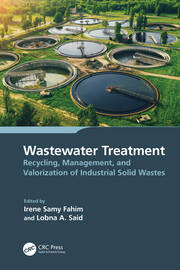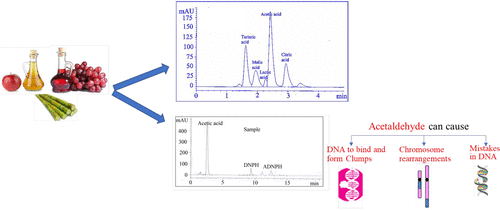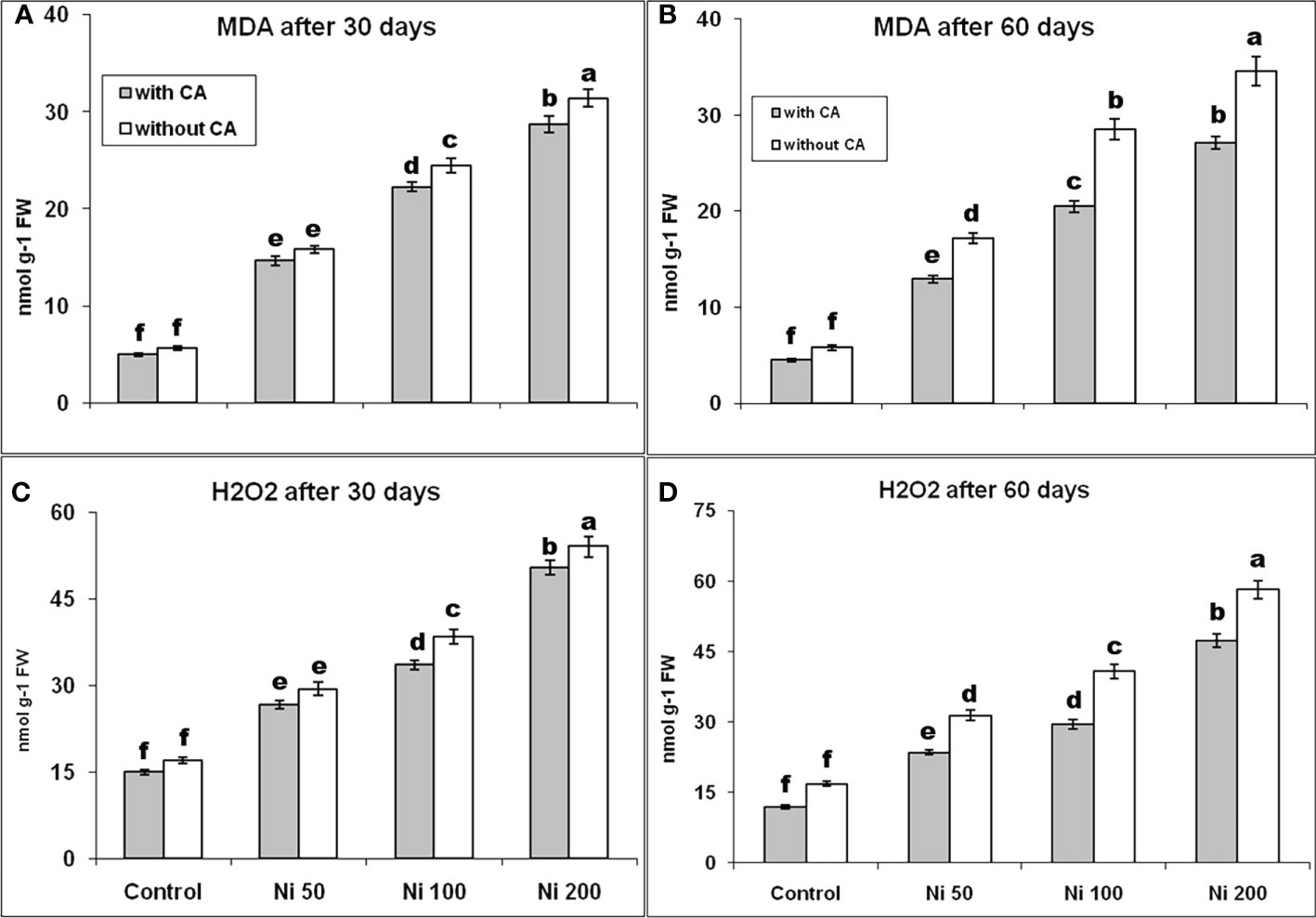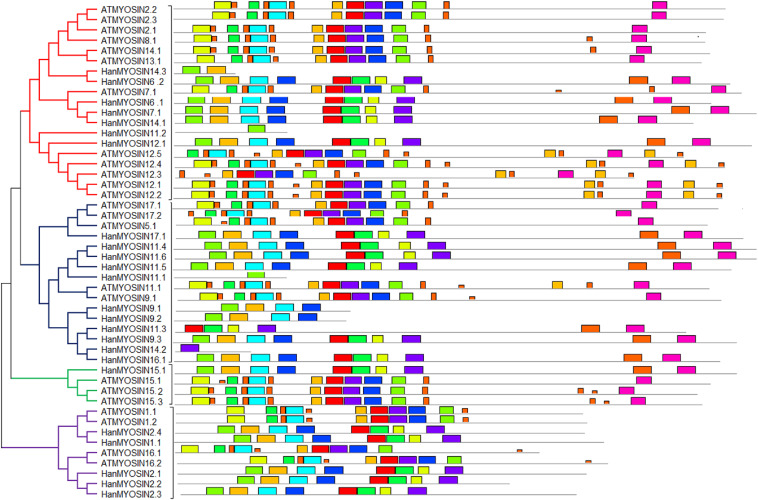Breadcrumb

Response Surface Methodology Optimization of Mono-dispersed MgO Nanoparticles Fabricated by Ultrasonic-Assisted Sol–Gel Method for Outstanding Antimicrobial and Antibiofilm Activities
Magnesium oxide (MgO) nanoparticles are one of the highly significant compounds in construction. The novelty concentrated on using sol–gel technique coupled with ultrasonication for synthesis of MgO nanoparticles to prevent the agglomeration and its effect on the size was investigated. The synthesized samples were characterized by TGA, DSC, XRD, FTIR, SEM, EDX mapping, DLS, and HRTEM. Antimicrobial and antibiofilm activities of MgO nanoparticles were investigated against multidrug-resistant microbes causing-urinary tract infection (UTI). TGA, XRD, and FTIR characterization were used to identify the calcination temperature, characterization peaks, and functional groups of MgO nanoparticles, respectively. DLS technique confirmed the particle size distribution which found to be 21.04 nm. HRTEM and SEM/EDX mapping showed that MgO nanoparticles are pure, spherical and the average particle size is 19.2 nm. MgO nanoparticles showed a promising antimicrobial effect against all UTI-causing pathogens. It showed a prominent antimicrobial capability against Staphylococcus aureus, Escherichia coli and Candida albicans by 19.3 mm, 16.1 mm and 15.2 mm ZOI, respectively. Additionally, they showed improved biofilm inhibition as 95.65%, 84.23%, and 76.85% against C. albicans, E. coli and S. aureus, respectively. Therefore, due to these outstanding properties, this study could give insights for solving serious industrial, pharmaceutical and medical challenges throughout the utilization of new nanoparticle-based approach. © 2019, Springer Science+Business Media, LLC, part of Springer Nature.




